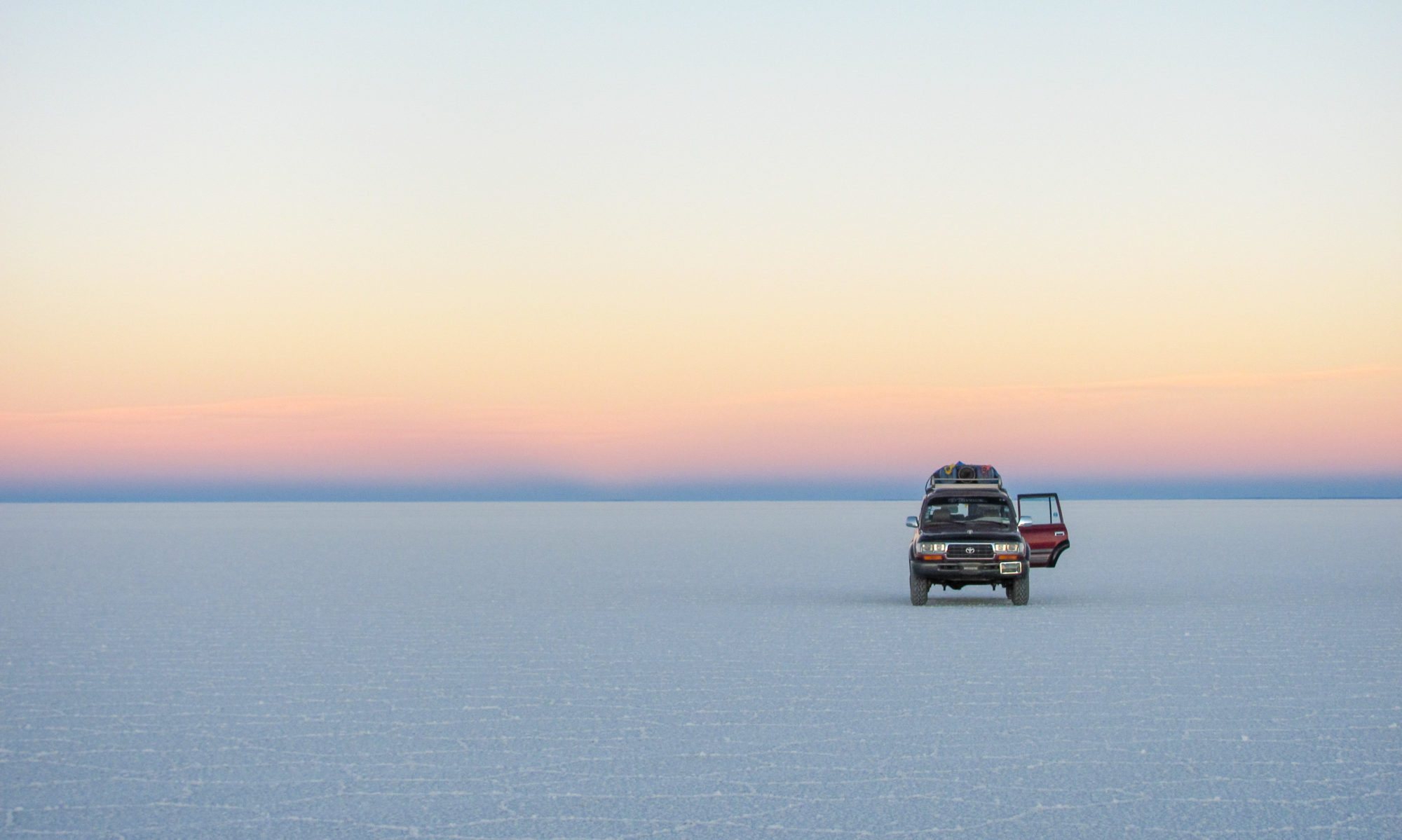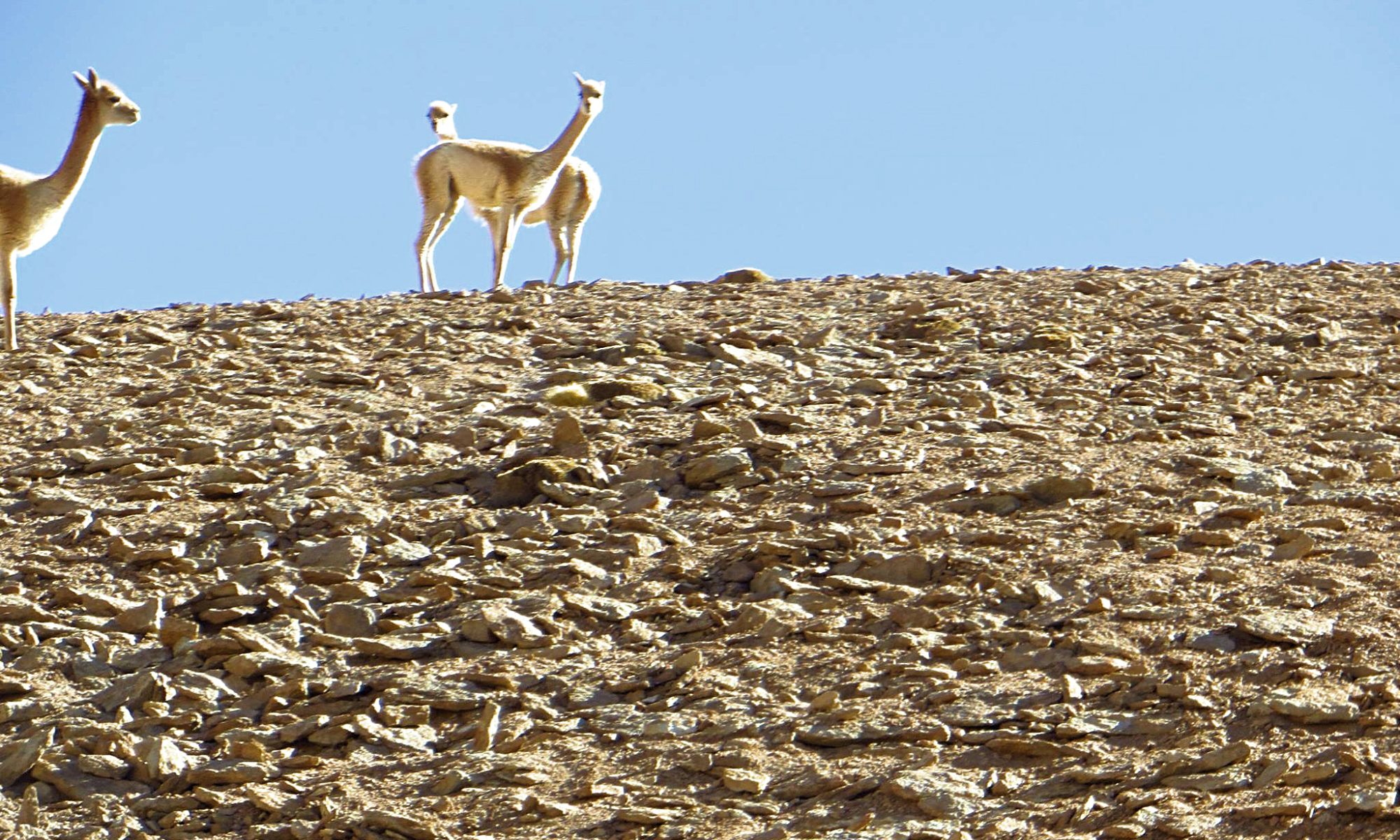Bolivia deserves a good itinerary for itself! Many people that visit Bolivia combine it with a visit to Peru (me included). But when that’s not an option, the latter rarely wins the battle. Not rightfully so! Bolivia makes a perfect destination on its own. It’s probably the cheapest country to visit in South-America, it has the richest nature and a very interesting culture that dates back many centuries (if not millennia). Follow this itinerary and be as amazed by this utterly pure country as I was.
– The Itinerary –
Acclimatizing to the altitude – reverse the route
Most popular destinations in Bolivia are located in the Andes Mountains at an altitude of over 3500 meters above sea-level. At this hight, people are prone to get altitude-sickness which is not only annoying but can also be quite dangerous. It is important to acclimatize to these altitudes by taking a few rest days to allow your body to cope with the lower oxygen levels in the air. Ideally, you’re building up altitude along the way.
As practically all international flights into Bolivia land in La Paz (or El Alto to be more precise) this is rather difficult: La Paz is located at an altitude of 3600 meters. I, therefore, recommend changing the direction of travel if you are flying into La Paz from lower altitudes by taking a direct domestic flight from La Paz to Sucre and reverse the route I describe below. If you arrived in La Paz overland from Peru – you are most probably already acclimatized to the altitude so the route below will serve you best!
Day 1: Arrival in La Paz
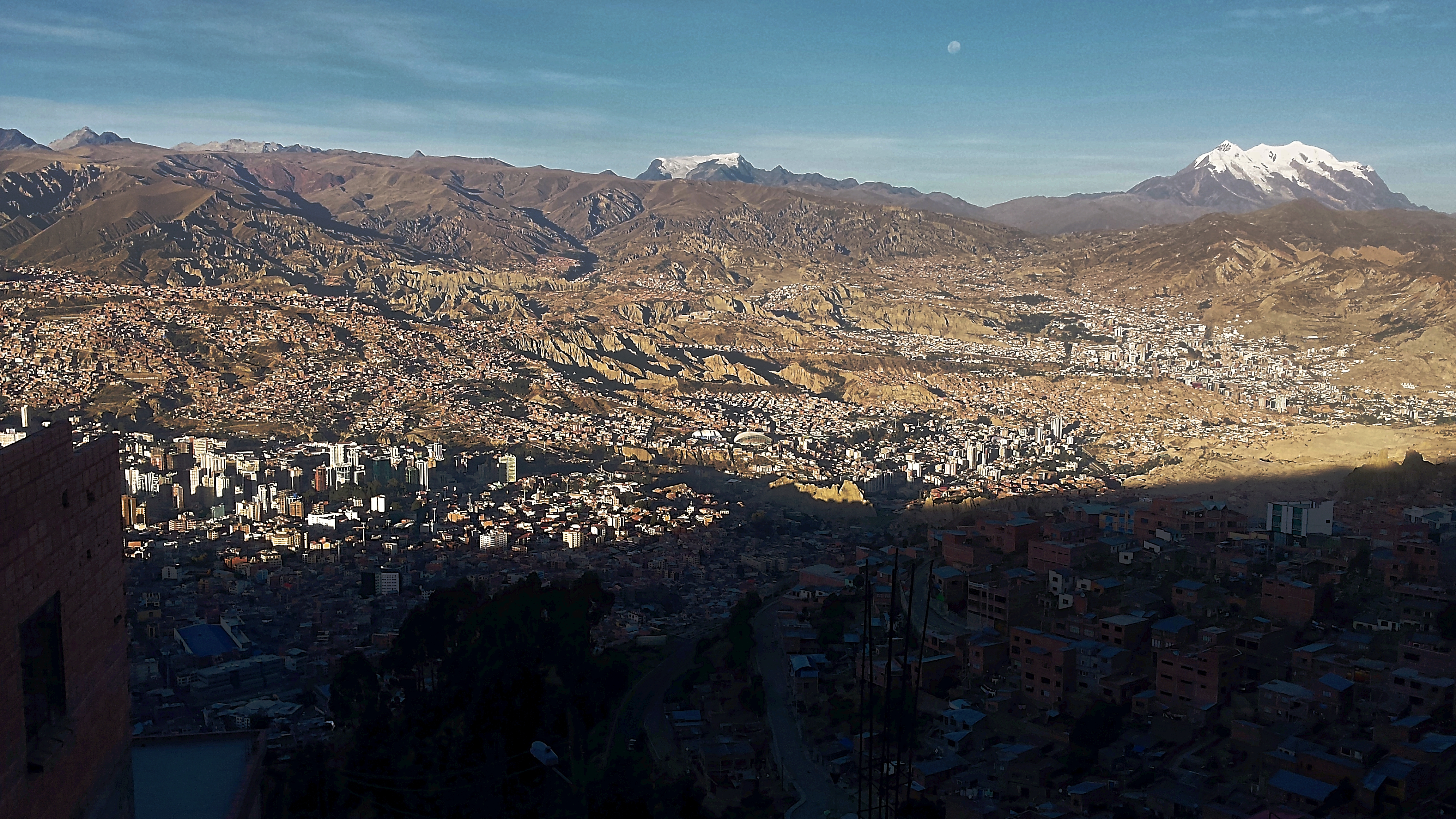
Depending on what time you arrive you can use the first day to acclimatize and get to know the area around your hotel. No big plans today. Try out Mercado 16 de Julio (the biggest market in La Paz) for a cheap but delicious meal. If you came to Bolivia to party – start your night in the highest bar in the world at the top-floor of party-hostel Loki La Paz. From there venture out into the night in search of the mysterious Route 36 bar. Take into account: hangovers at an altitude are the worst.
Day 2: Explore La Paz
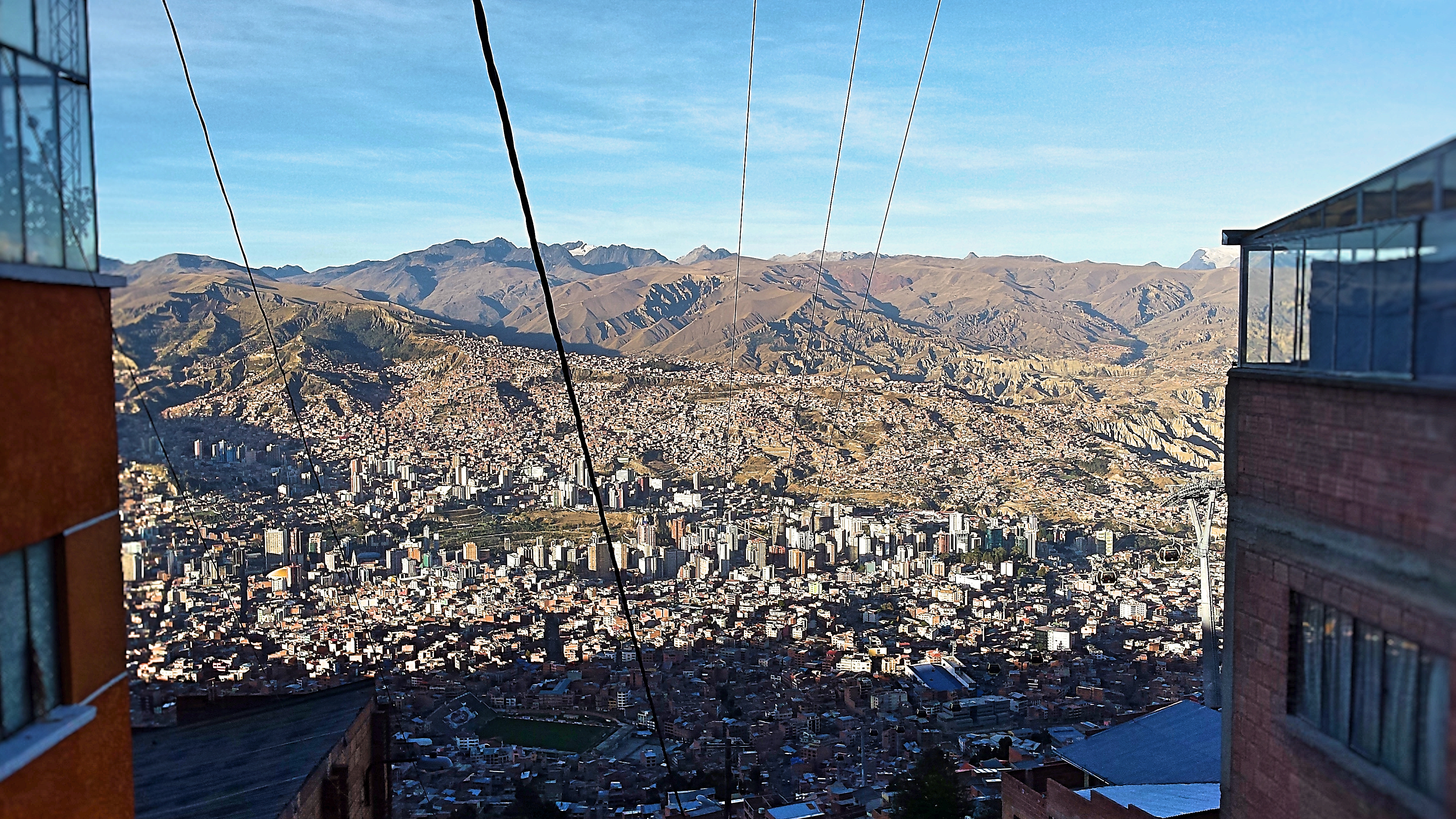
Today it’s time to explore the city a bit more. A great way to do so is a Red Cap Walking Tour ($3 USD). When the evening falls head to El Alto to see the (in)famous cholita wrestling! Don’t worry about sitting down for dinner, some street food is served can be found in and around the arena.
Day 3: Explore La Paz
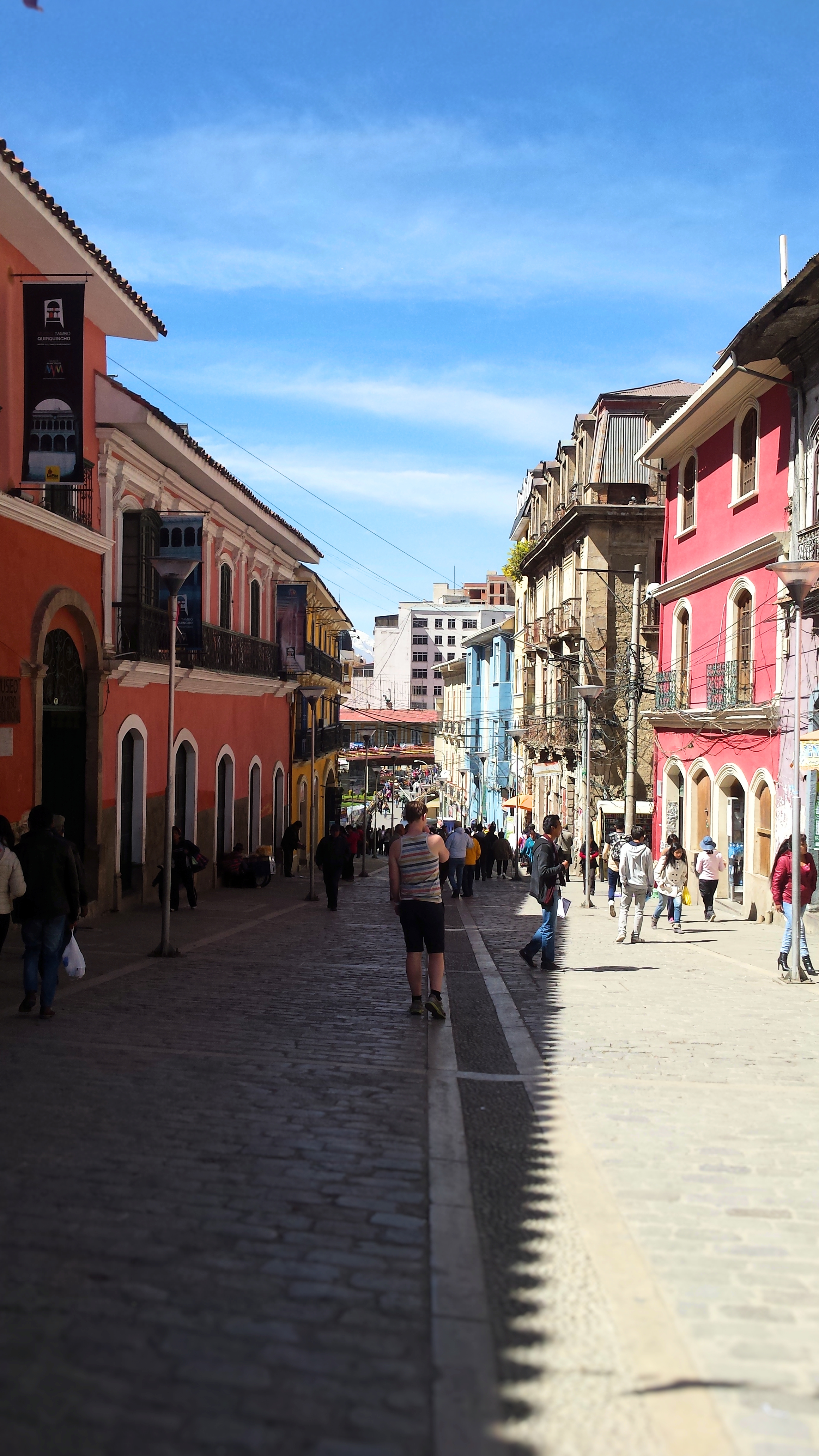
Today you can take the day to see some additional sights at an easier pace. Wander around the city and visit some smaller, local markets. Take the cable-cars! In addition, its time to make some arrangements. Book your Death Road tour for the following day, and get your ticket for the night bus to Uyuni the day after. You want a full-cama, not a semi-cama. If you got money to splurge, have a fancy dinner at Gustu, founded by the same guy that owns Noma in Copenhagen. I know its out of budget but try it, its a rare opportunity to eat at one of the best restaurants in the world without depleting your bank account. Don’t stay up too late, as tomorrow is going to be a busy day.
Day 4: La Paz, Death Road and the Yungas
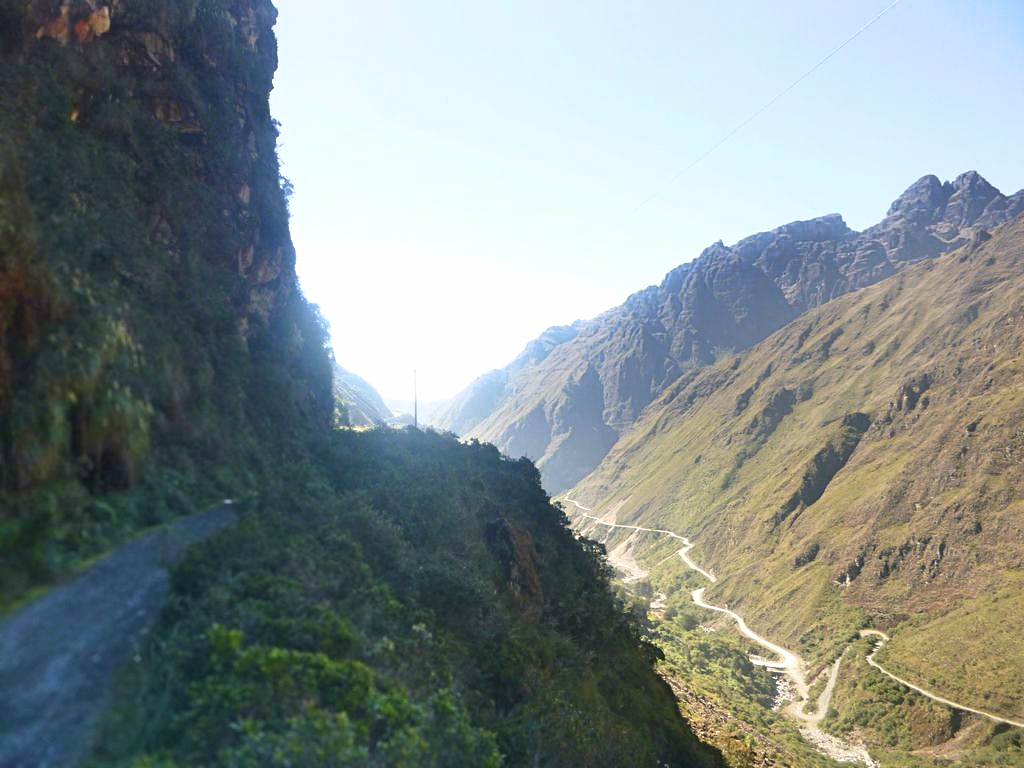
Get up early for one of the greatest thrills in your life! It’s time to conquer Death Road, one of the most dangerous roads in the world by mountain-bike. The trip will take all day and take you deep into the Yungas (the subtropics) where you’ll have lunch and a few drinks before you head back to La Paz. In the evening head to the bus terminal to take the night bus to Uyuni, bring snacks and wear a sweater. If you carrying a sleeping bag – have it with you on the bus as it can get very – very cold at night.
Day 5 & 6: Salar de Uyuni
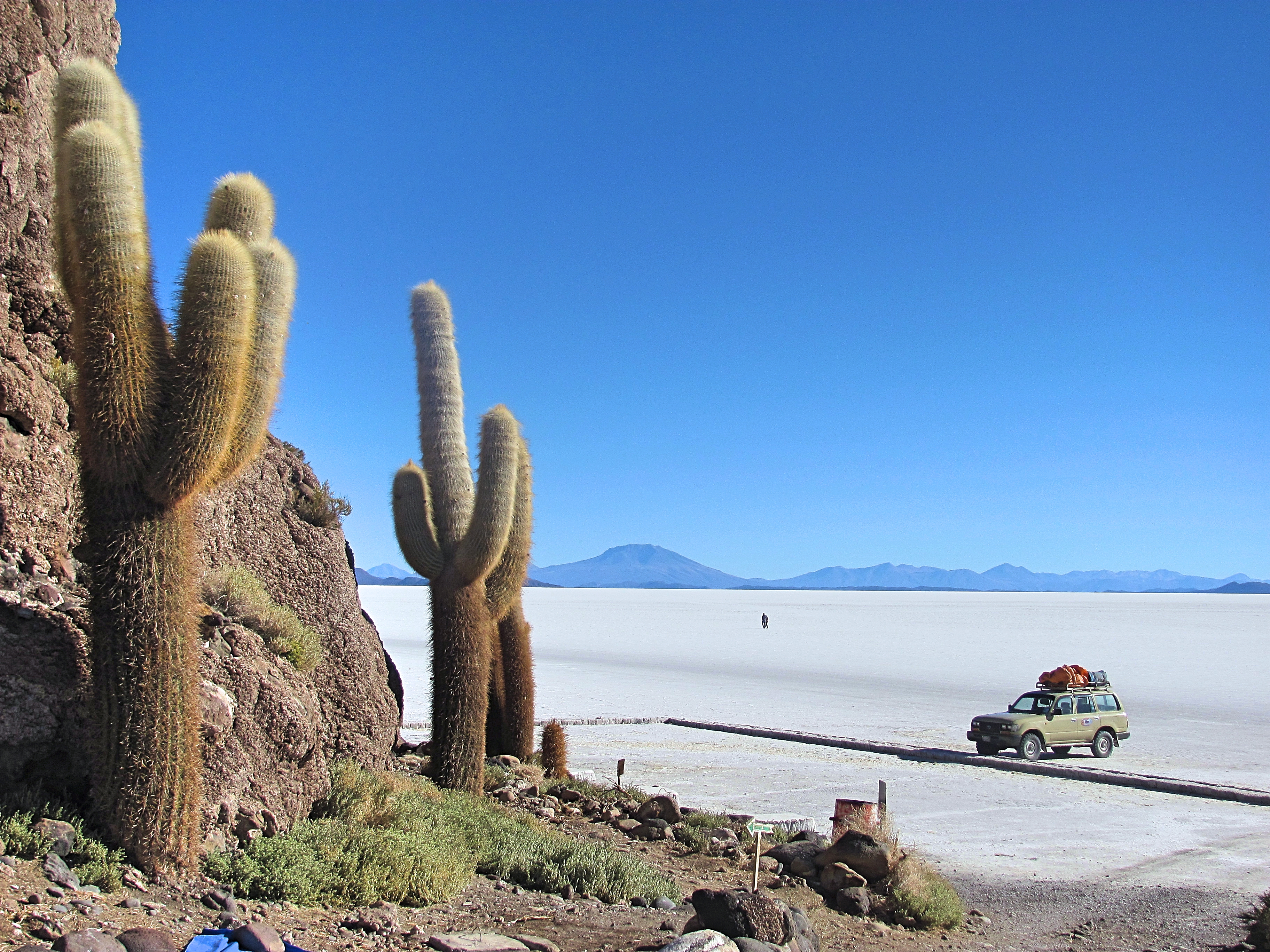
You’ll arrive very early in the morning and many tour-operators will already be there to meet you and take you to their offices. If you haven’t booked yet but already decided on which operator to go with, use your offline map to get to the office. Uyuni is small so you can just walk. If prebooked the tour you’ll get picked up from the bus by your operator. Have breakfast at the office before heading out into the mesmerizing salt flats. Prepare for a few incredible days where you see one of the most impressive and surreal landscapes in the world.
Day 7: Salar de Uyuni & Potosi
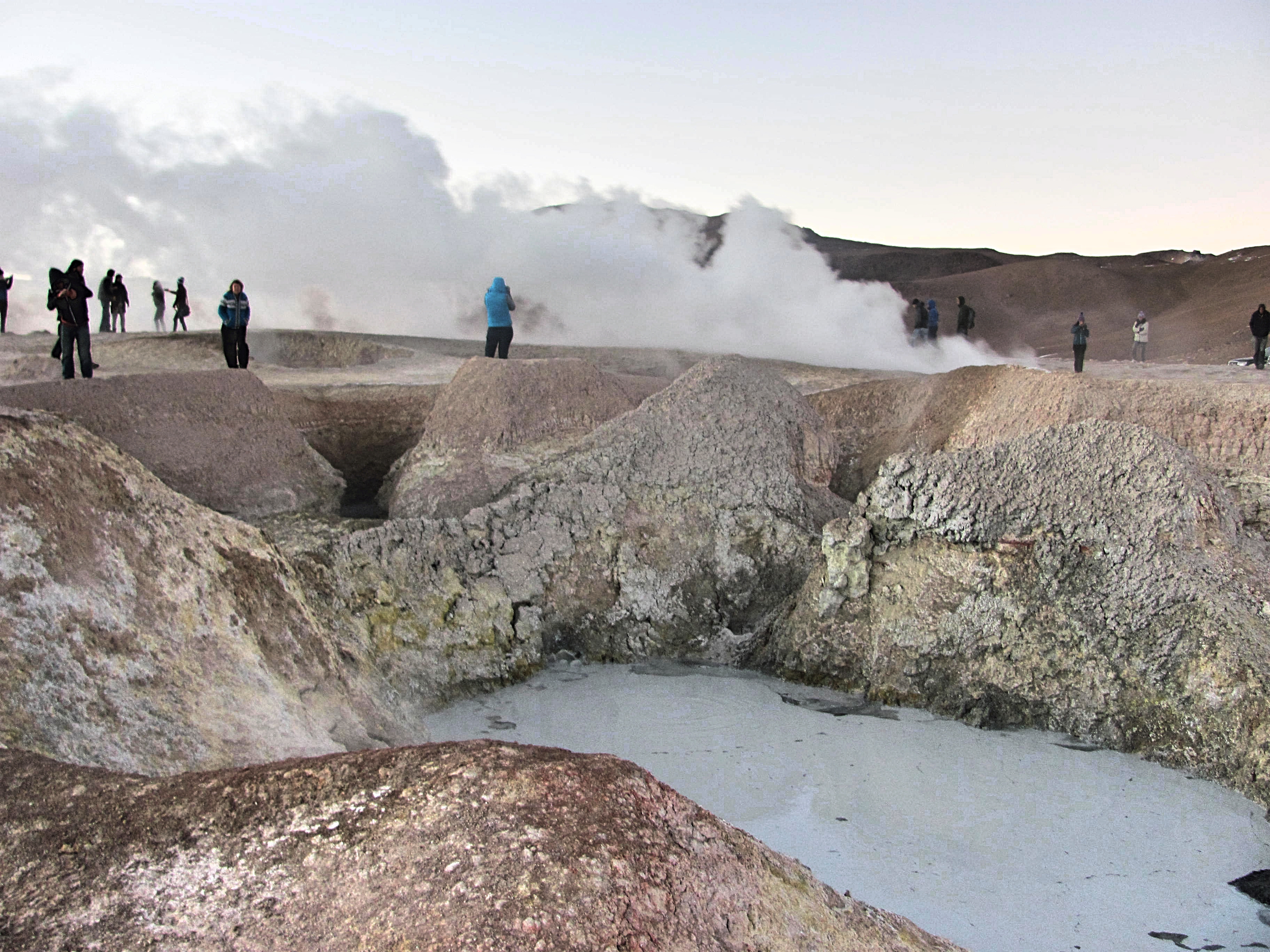
On your last day visiting the Salar, you’ll get dropped off back in Uyuni just before dark. Get your bus-ticket to Potosi at the bus-terminal (just go with the cheapest you can find, its only a few hours and the road is quite good) and head over to Minute Men Pizza for dinner (one of the best restaurants in town, most local food in Uyuni tastes pretty bad and watered down). Do not take the last bus (around 10 PM) as that will have you arriving in Potosi in the middle of the night. When in Potosi, head straight to your ho(s)tel and tuck in.
Day 8: Explore Potosi
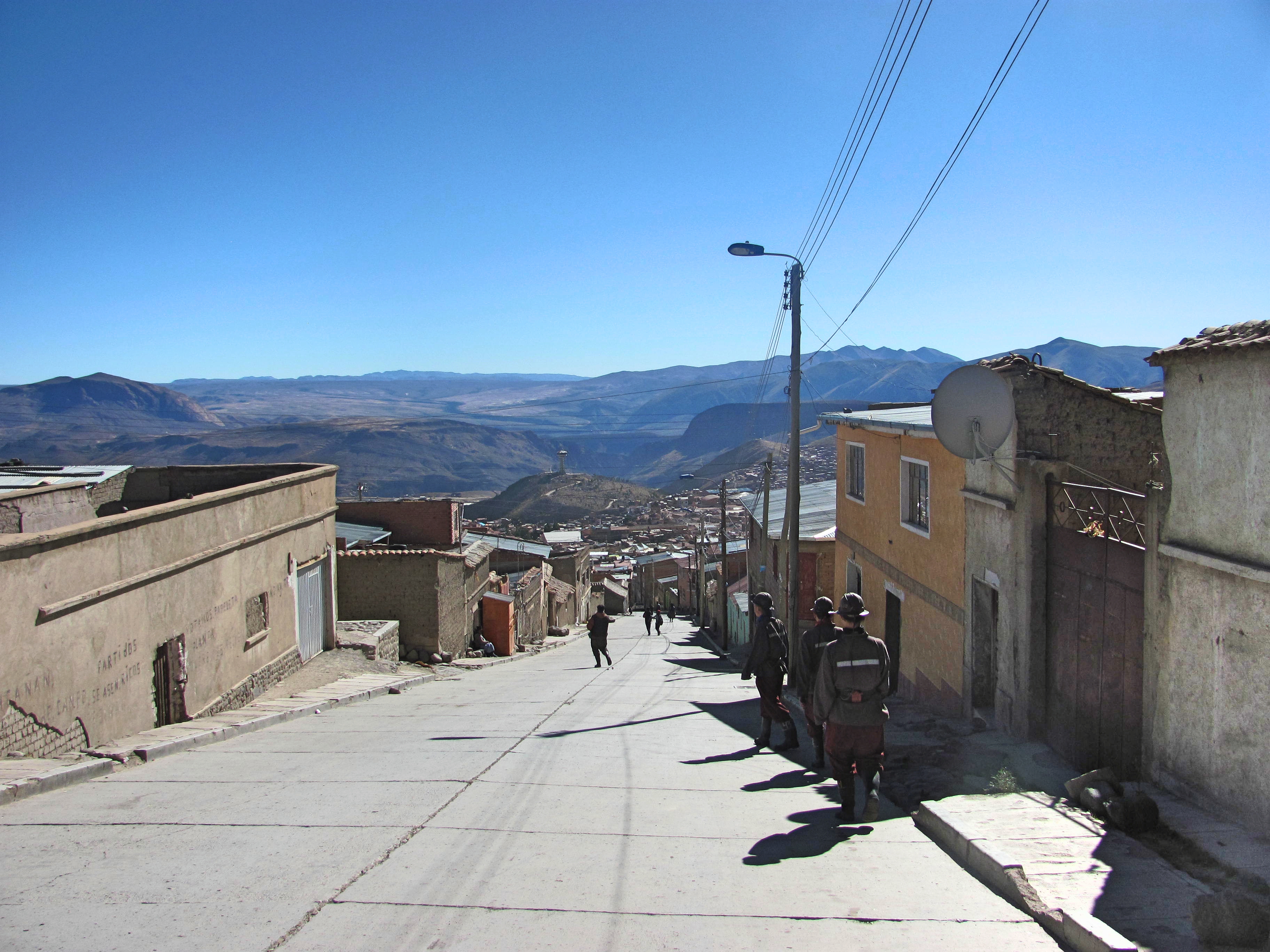
Take the day to leisurely stroll around town. After a few busy days its time to take it a bit slower. Check out the many colonial buildings that are a reminder of the heydays of this silver-laden town. The best street food can be found in Calle Junin. But Potosi is not known for its exquisite cuisine.
Day 9: The mines of Potosi
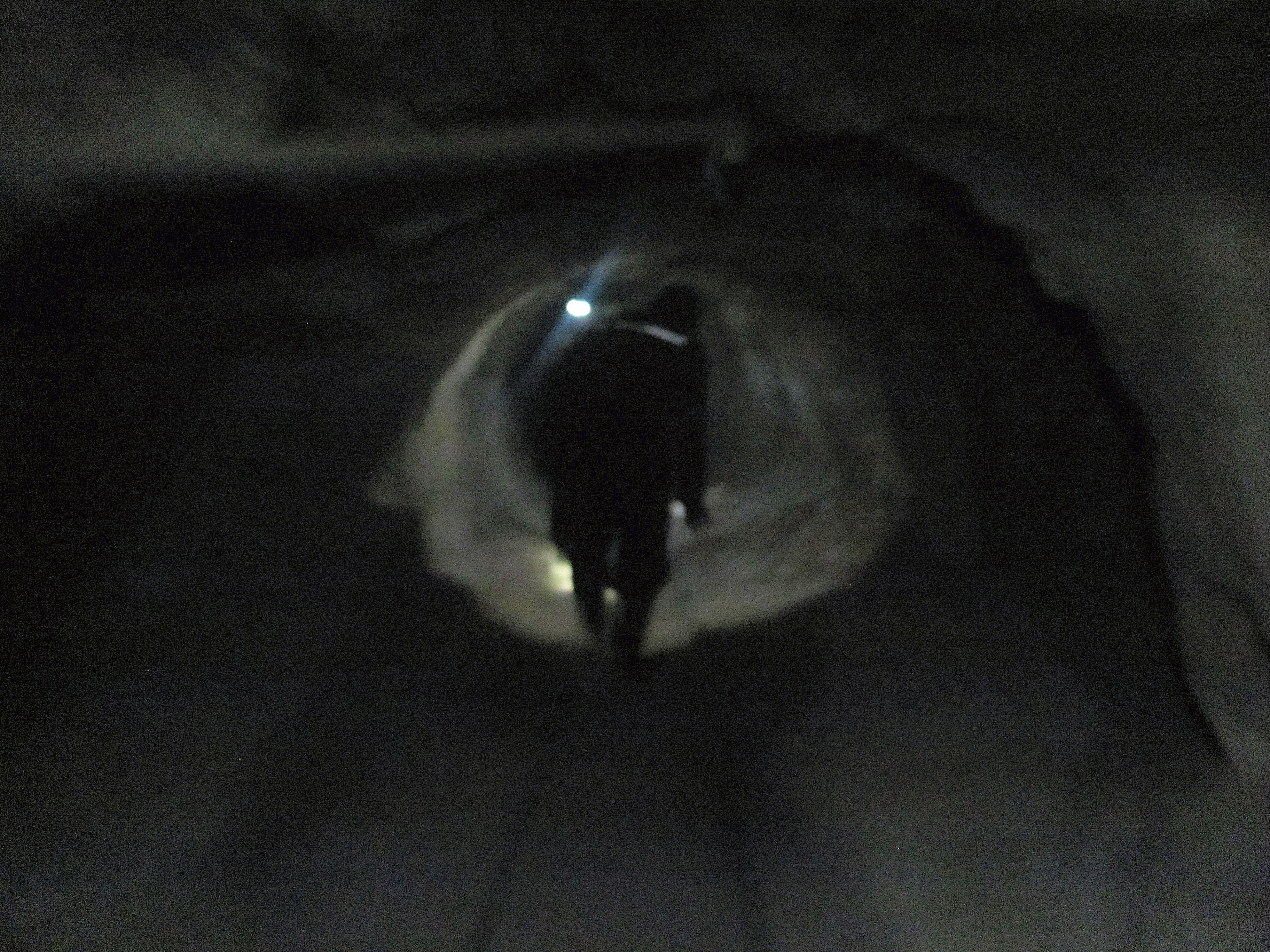
Adrenaline peaks again! Today its time for a visit to the silver mines of Potosi that are still operatable. If you are claustrophobic or not good with dust – don’t go. The visit involves some hard climbing at altitudes of around 5000 meters. Be prepared for a somewhat dangerous and very intense experience that will leave a lasting impression. After the tour, get cleaned up at your hotel before finding a nice place to have dinner before heading off to bed.
Day 10: Arrival in Sucre
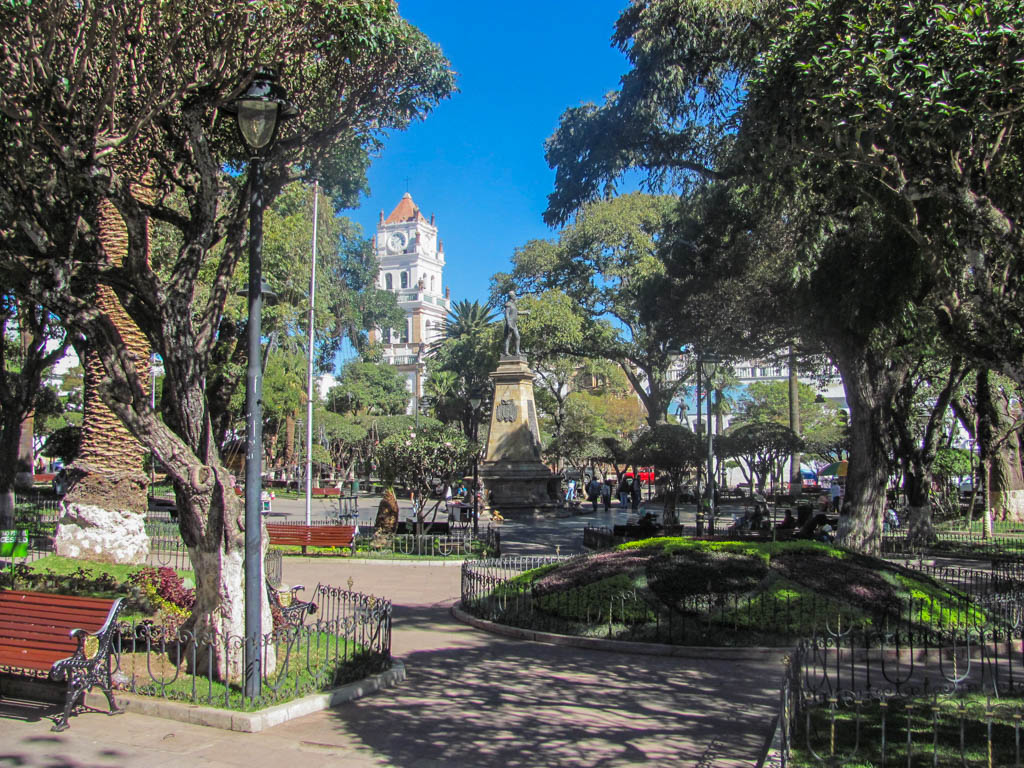
Get up early and take a bus to Sucre (only a few hours, buses leave throughout the day). After your arrival check into your accommodation and head out to explore the city. Sucre is at a significantly lower elevation (2500 meters) which means you’ll get a rush from the sudden increase in oxygen combined with warmer weather. Take the rest of the day to explore the historical center which revolves around Plaza de 25 de Mayo. If you are planning on staying for more than 3 days it might be worth checking out some schools to book some Spanish lessons as they are extremely good value for money here – and the Bolivian Spanish is easy to master. Have dinner at one of many nice restaurants (Pueblo Chico) Sucre has great nightlife as well. Head over to Bar Berlin or La Viega Bodega to meet fellow travelers that are up to no good as well.
Day 11: Explore Sucre
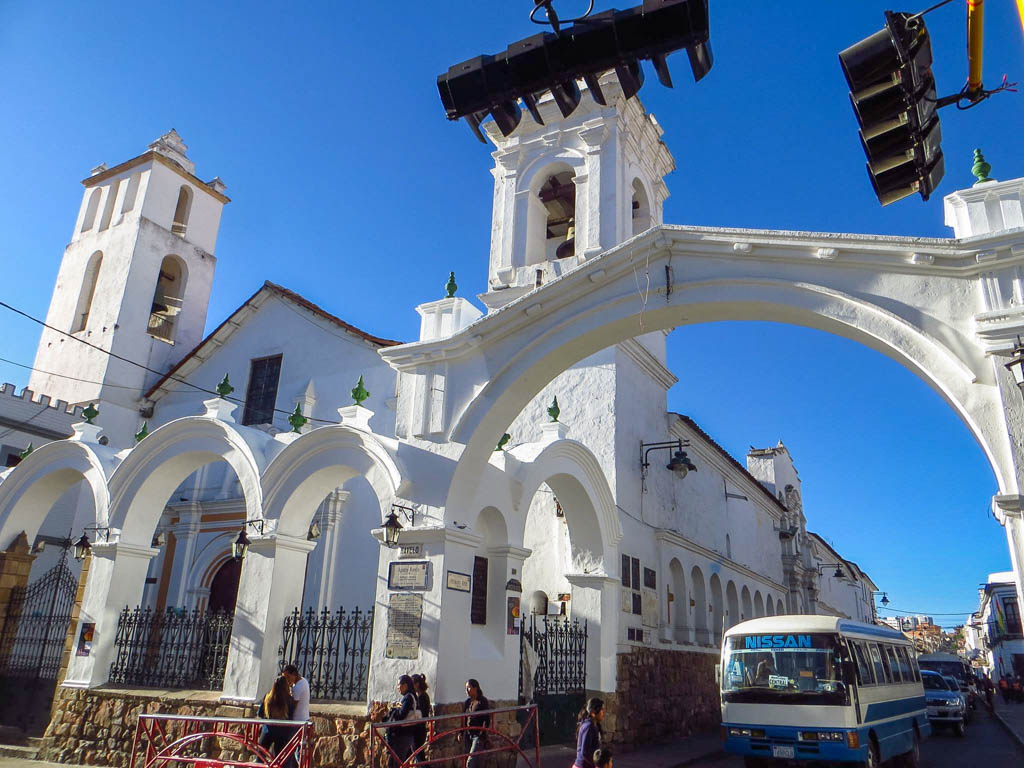
Today its time to explore the city some more. Take a walking tour, guided tour or create your own guided tour following my extended article in Sucre (click the day-title). Make sure to not miss the General Cemetary and Recoleta. Enjoy the nice weather, (don’t skip your Spanish lessons) and have dinner at one of the good restaurants in town.
Day 12: The Dinosaurs of Sucre
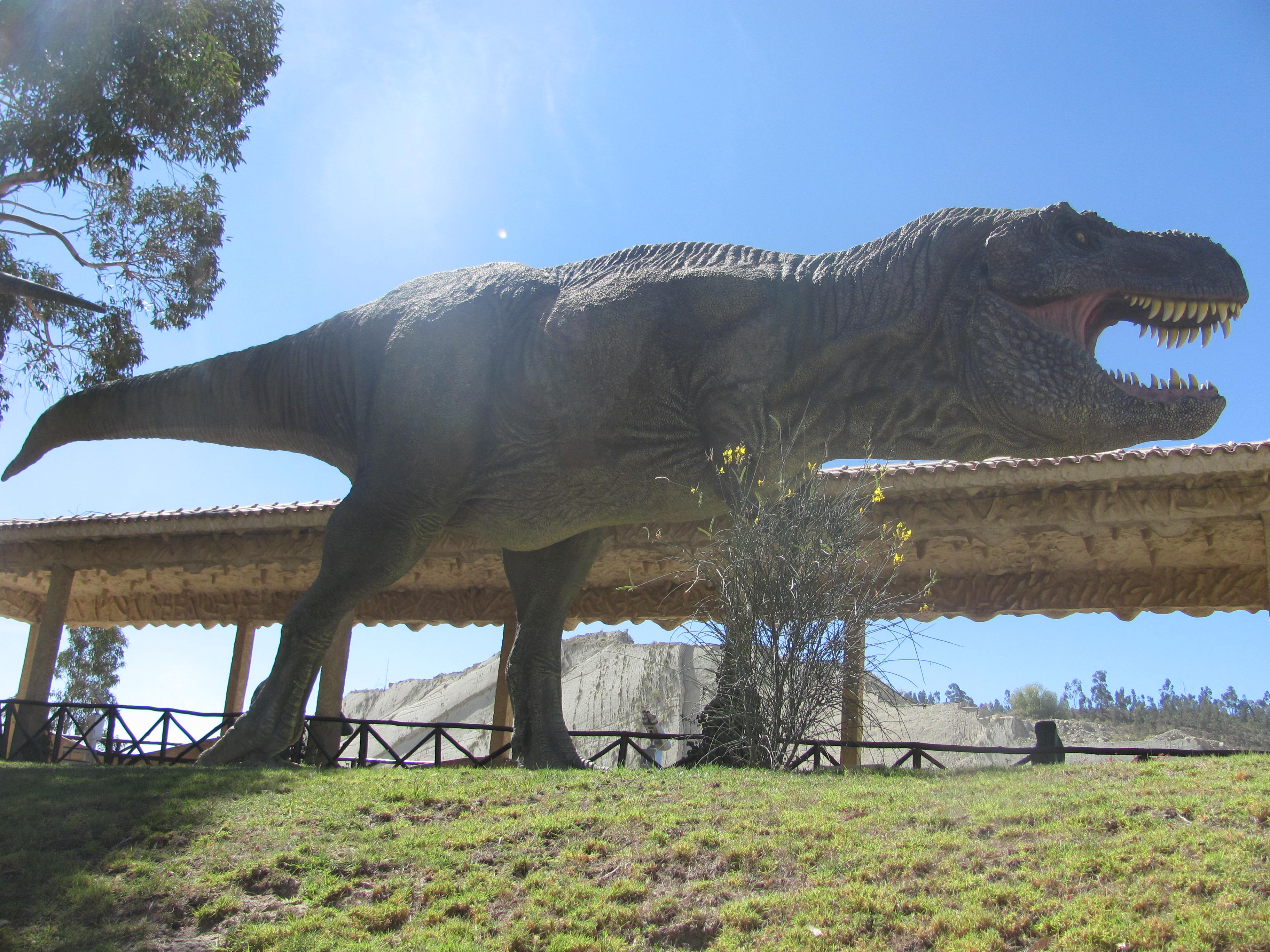
After breakfast its time to see the dinosaurs! Sucre has one of the best collections of dinosaur footprints in the world right out in the open at Parque Cretácico. Be on time to get a guided tour to the cliff-base. As this is your last full day in Sucre it is time to shop for some souvenirs. Good quality souvenirs can be found at the artisanal shops around the Plaza de 25 de Mayo. Cheaper stuff at the Mercado Central, Mercado Americano, and the Mercado Campesino. If you are taking the bus back to La Paz its best to take the night bus tonight and to book a full-cama ticket. The bus takes about 13 hours and will probably stop at Potosi and Uyuni (even if they claim they travel directly). Make sure you take the south-route though as the north-route is a hellish ride that crosses many unpaved sections and terribly narrow ill-maintained mountain passes.
Day 13: Sucre & back to La Paz
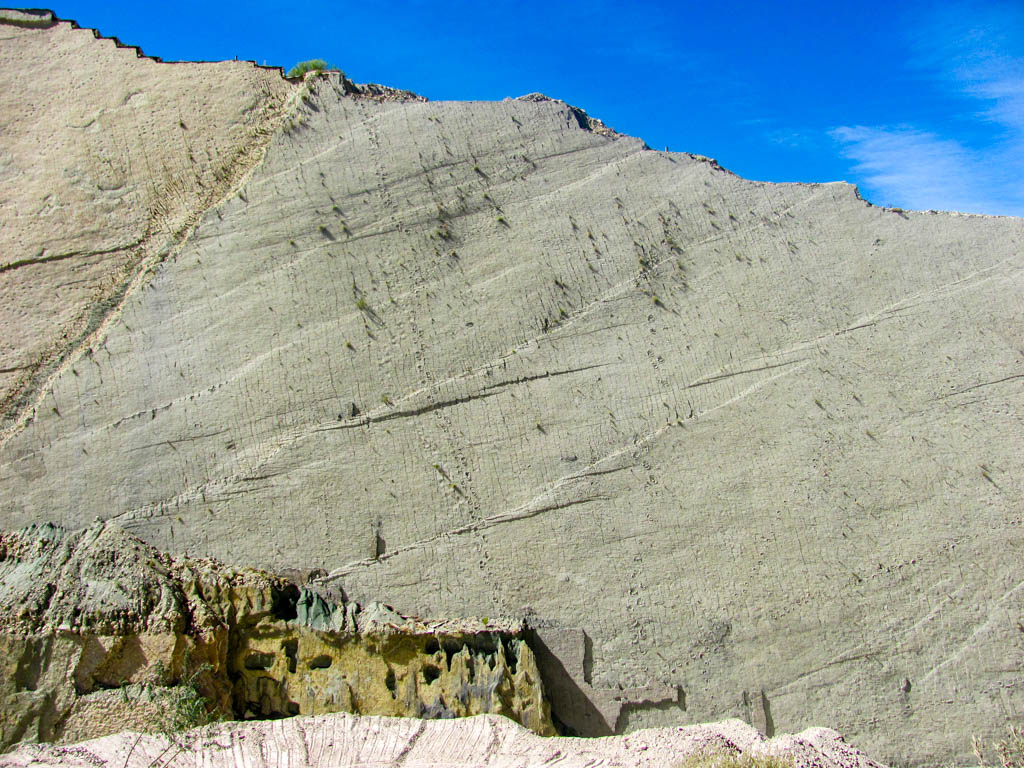
Head to the airport and take a direct domestic flight to La Paz. Sadly this is where your itinerary ends. If you have a few extra days however the best thing to do in my opinion is to include a visit to the Amazon!
Additional days
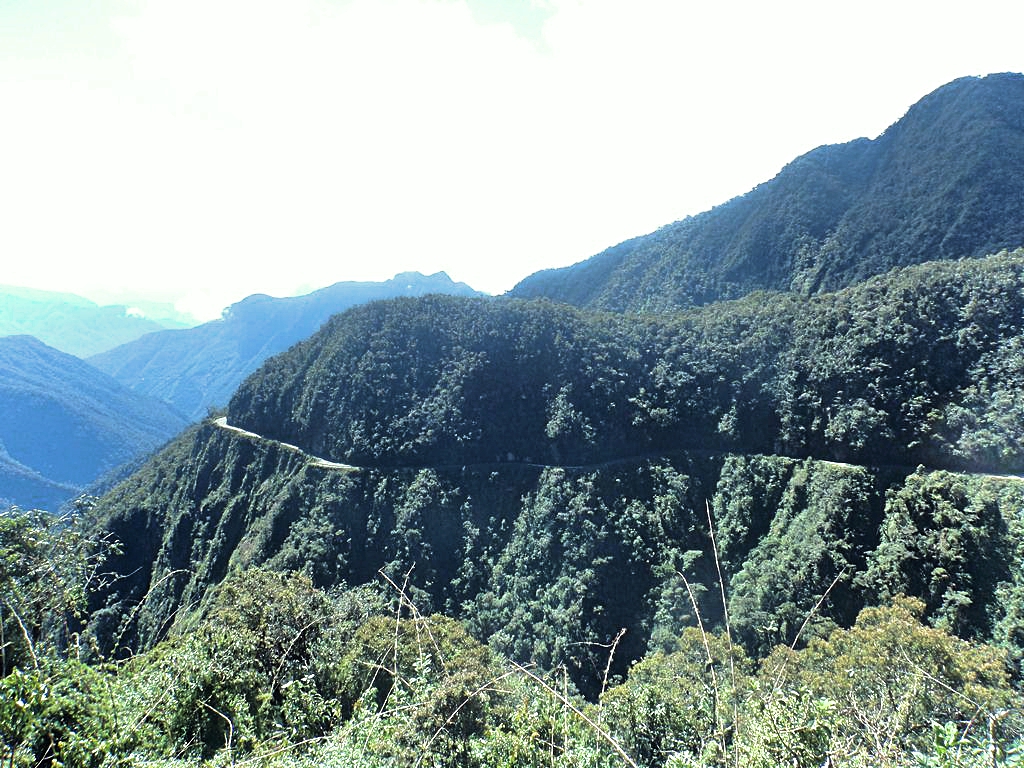
As stated above: the best way to extend your trip is by including a few days in the Amazon. Bolivia is by far the cheapest place to do so, but the Bolivian Amazon is also on of the most wild and remote parts out there. Best advice is to save your Death Road ride (from day 4) for the end and venture further on from the Yungas to the town called Rurrenabaque. From there you can take many jungle-tours and treks both short ones and multiple-day treks.
If you only got a day or 2 extra it is best to fly out to Rurrenabaque and back, as the bus takes 16 hours and is very dangerous. The road is very ill-maintained and because drivers hate going there they are usually a bit intoxicated to ease the nerves on the ride. Many accidents happen. If you have a few extra days however you can take the boat from the Yungas to Rurrenabaque. it involves both parts by boat and jungle-hikes and takes 4 days and 3 nights to get to Rurrenabaque but it is an incredible adventure. Once there, there is really no other option than either risk your life on the bus or take the plane which takes back to La Paz in 35 minutes.
The reason to add this to the very end of your trip is – again – acclimatization. A few days in the Amazon at roughly sea-level will reset your body. Meaning you’ll have to start all over again with the acclimatization to avoid altitude sickness.
– Practical Information –
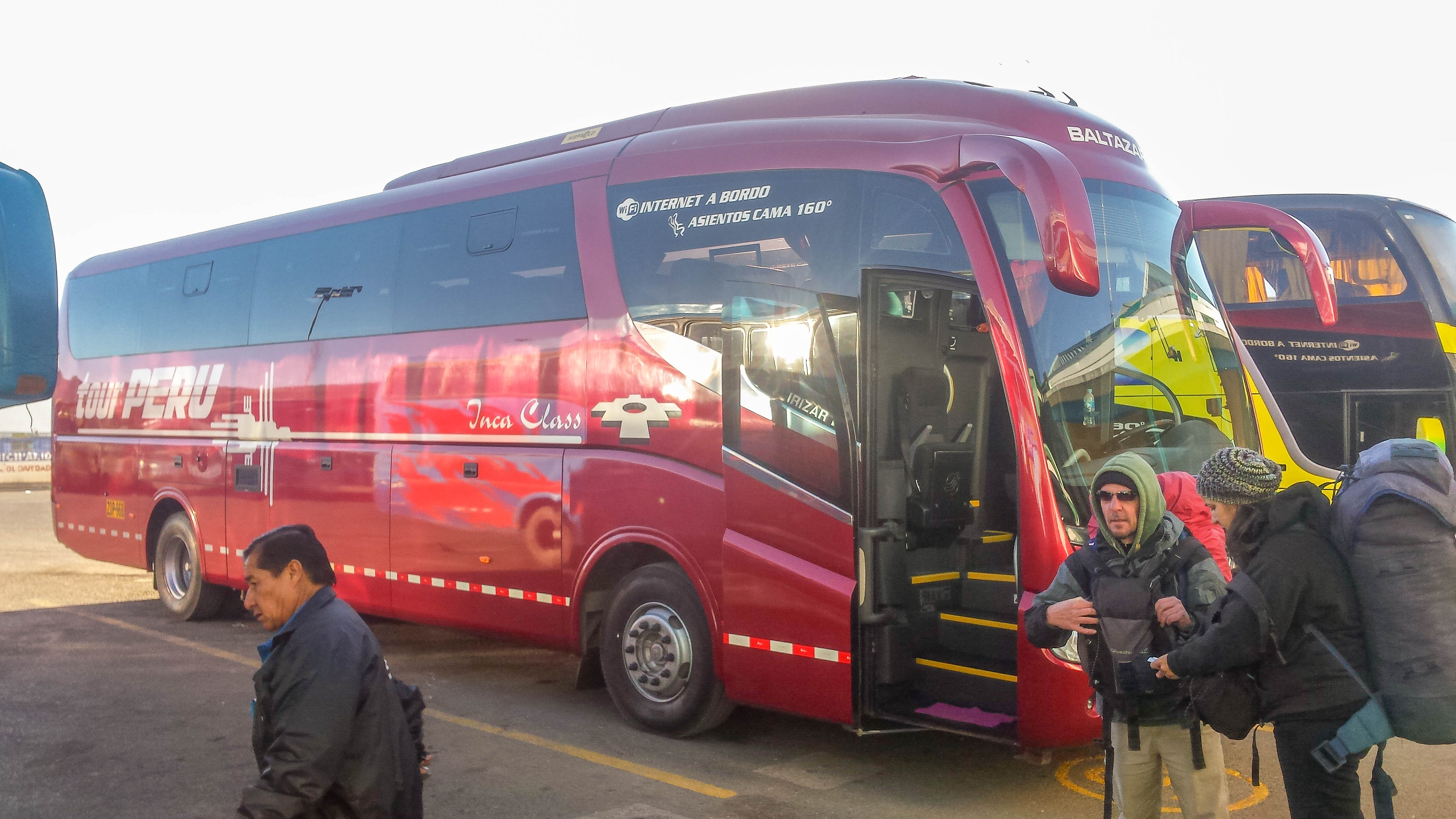
When
Bolivia (apart from its Amazon Basin) has an arid climate with little temperature-fluctuation, sunny days throughout and hardly any perspiration. The unwelcome exception is La Paz that receives quite some downpour between December and March. The best chances to see the ‘mirroring effect’ of Uyuni are in January and February when it receives some rain – but chances are never high. So its a trade-off: a chance to see the giant salt-mirror for a shitty time in La Paz. If you were to ask me: avoid the rainy months.
In, Out & Around
I have written extensive guides on how to get to and from certain places and to get around in more detailed destination-guides. Just click the titles of each day in the itinerary to find them. In general: getting from one location to the next can be done by either flying or taking the bus. Except for the road from La Paz to Uyuni, Uyuni to Potosi and Potosi to Sucre, Bolivian roads are shit. Unpaved and full of holes. If you are traveling to a more remote location and are not up to very rough rides consider taking the plane (a 4WD vehicle with driver is an option but often more expensive).
Within cities, the easiest form of transportation is either walking or taking a cab. During the daytime you can basically wave down any car and it will take you anywhere for a few bolivianos. From cities to local villages nearby, collectivo’s are the way to go.
Budget
Bolivia is cheap. If you sleep in hostels and eat street food you should be able to get by for €20/$25 a day (including buses and excursions, excluding alcohol). If you prefer mid-range hotels and the occasional restaurant add €15/$20.
